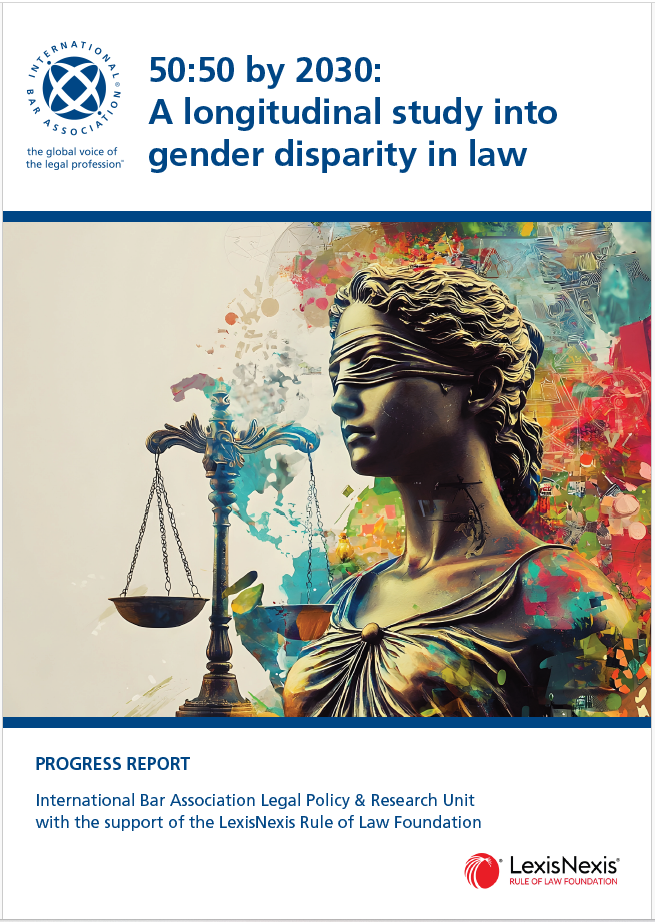The review explores the role of gut microbiota in high-altitude adaptation, highlighting how microbial alterations impact host physiology and metabolism under hypoxic conditions and discussing potential strategies for enhancing acclimatization through microbiota modulation.
IBA 50:50 by 2030 Progress Report was released by the IBA Legal Policy & Research Unit (LPRU) in collaboration with the LexisNexis Rule of Foundation
The article discusses the discovery of the A673V mutation in the amyloid precursor protein (APP) gene, which is associated with the familial form of Alzheimer's disease (AD) in a homozygous state. It provides an in-depth review of the molecular insights and therapeutic potential of the A?A2V peptide, including the development of a neuroprotective peptide A?1-6A2V(D) that inhibits amyloid-? aggregation and toxicity in preclinical models of AD and primary tauopathies
The authors propose a multi-attribute group decision-making (MAGDM) approach to evaluate and select digital voting tools that facilitate public participation in urban transport decision-making.
When women who are taking thyroid hormones become pregnant, they are often requested to take double the dosage immediately. Read the study to learn proper dosage and timing for pregnant women taking thyroid hormones.
This study evaluated the ability of dental students to screen for osteoporosis on PRs.
This article highlights the efforts and successes of the Chemistry Women Mentorship Network (ChemWMN) in the US, a structured mentorship network open to all woman-identifying individuals in chemistry interested in advancing in the academic landscape.
This review synthesizes the latest evidence on the epidemiology, screening, and treatment of osteoporosis in men, with a focus on genetic, environmental, and epidemiological disparities between Eastern and Western populations.

